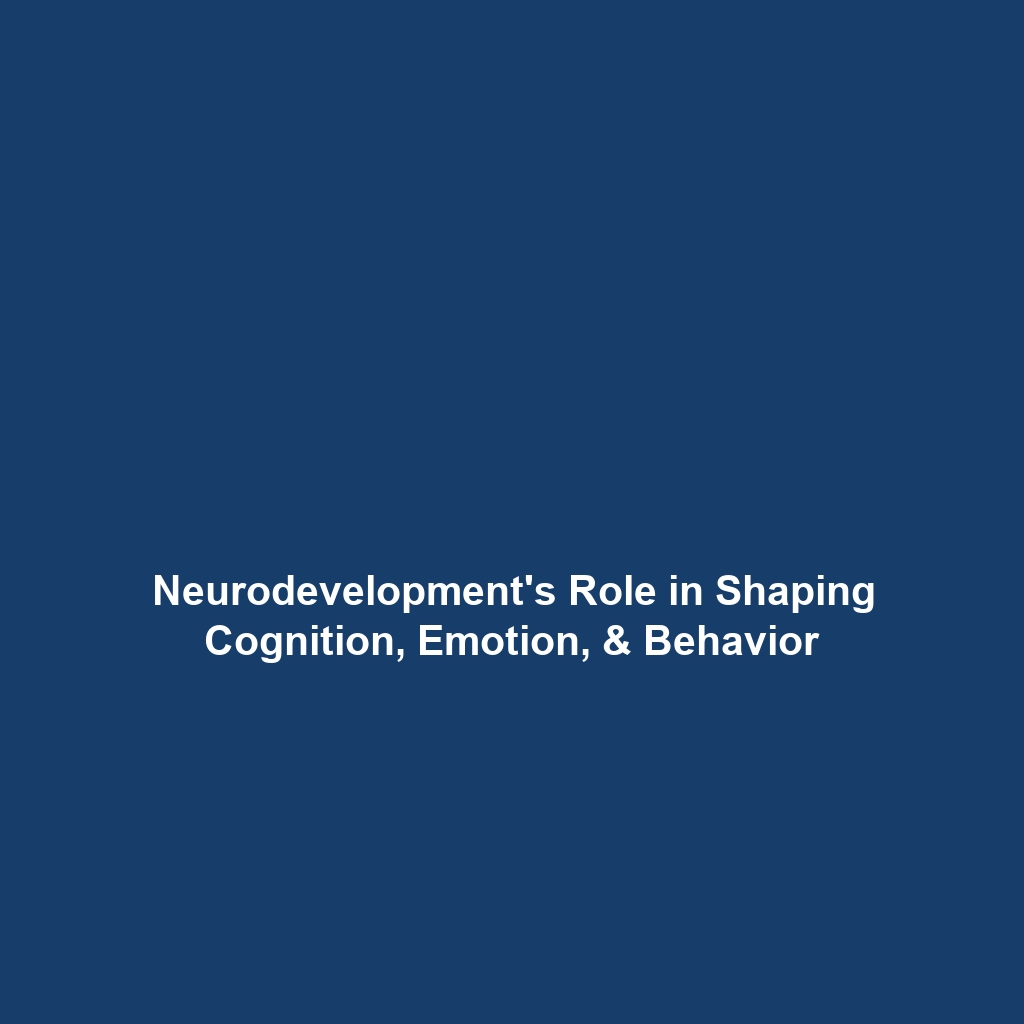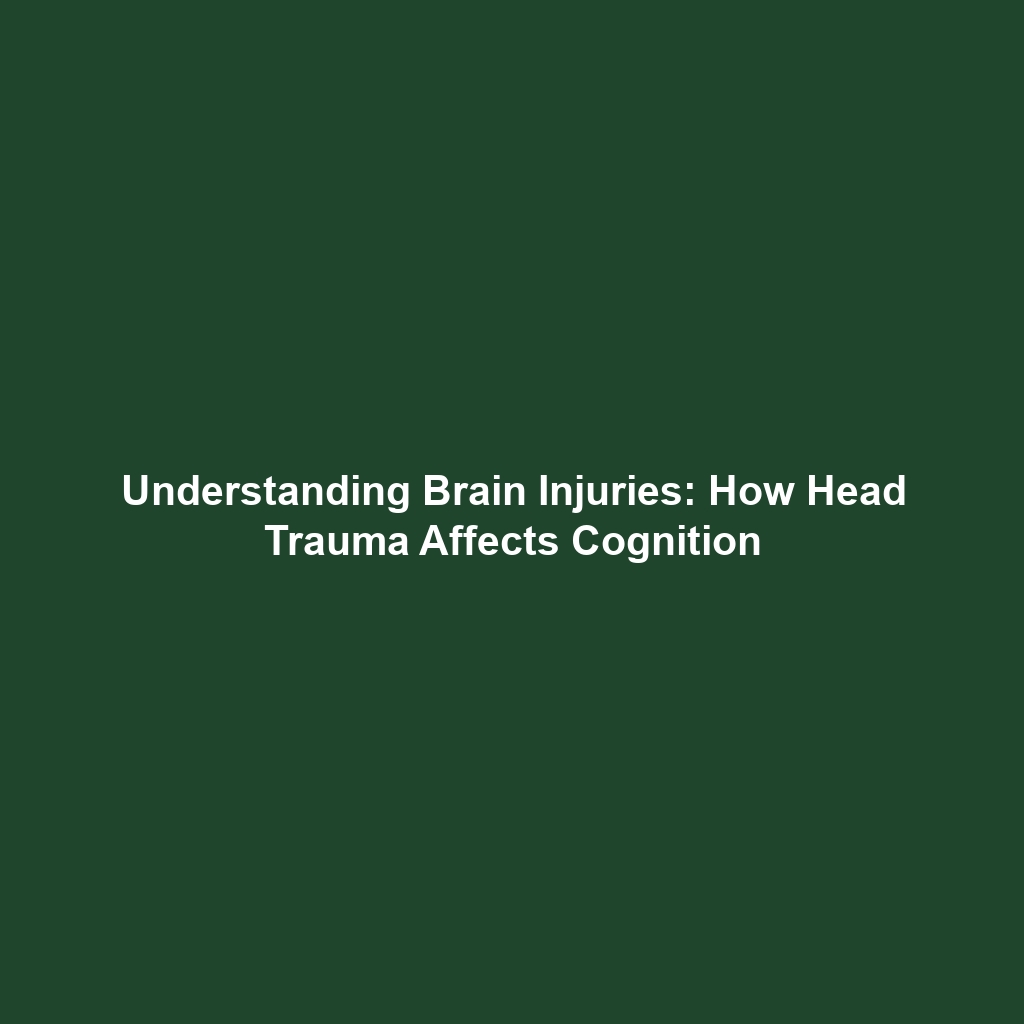The Limbic System: A Critical Component in Biomechanics
The Limbic System plays a pivotal role in our emotional and behavioral responses, deeply influencing the mechanics of human movement. Understanding its function is essential when delving into Biomechanics, the study of the mechanical aspects of living organisms. The limbic system, comprising key structures such as the hippocampus and amygdala, affects not just our emotional framework but also how we engage physically. This article explores the intersection of the Limbic System and Biomechanics, highlighting its significance, applications, and future possibilities.
Key Concepts of the Limbic System
The Limbic System is a complex network of structures that manage emotional responses and various autonomic functions. Here are key concepts related to its function in Biomechanics:
1. Emotional Regulation
The Limbic System is central to emotional modulation, affecting how we physically react to stress or joy. Emotional states can influence movement patterns and overall physical performance.
2. Memory and Learning
Structures like the hippocampus are essential for memory formation. This impacts biomechanical learning, such as developing motor skills through practice and conditioning.
3. Behavioral Responses
Responses orchestrated by the Limbic System can translate into physical actions, impacting how individuals engage in sports or physical activities.
Applications and Real-World Uses
The Limbic System’s connection to Biomechanics has several significant applications:
- How the Limbic System is used in Biomechanics: Emotionally driven movement responses can affect athletic performance and rehabilitation.
- Applications of the Limbic System in Biomechanics: Understanding how emotions influence physical actions can enhance sports training and therapeutic strategies.
- Biomechanical analysis in emotional contexts helps in designing better equipment and training programs tailored to emotional states.
Current Challenges in Studying the Limbic System
Despite its importance, studying the Limbic System presents certain challenges:
- Challenges of the Limbic System: Difficulty in isolating its effects from other neurobiological systems.
- Issues in Biomechanics: Lack of comprehensive methods to quantify emotional impacts on physical performance.
- Variability in individual emotional responses complicates consistent biomechanics research.
Future Research and Innovations
Future research in the Limbic System and Biomechanics is promising:
- Breakthroughs in neuroimaging may facilitate deeper insights into the Limbic System’s function during movement.
- Next-gen technologies, such as AI and machine learning, can improve the understanding of emotional influences on biomechanics.
- Innovative therapies incorporating emotional training could optimize rehabilitation processes.
Conclusion
In summary, the Limbic System is integral to understanding human movement within the realm of Biomechanics. Through its influence on emotional regulation, memory, and behavioral responses, it shapes not only our emotional framework but also our physical capacities. As research progresses, new insights and innovations will continue to enhance our understanding and application of the Limbic System in Biomechanics. For further reading, explore our articles on Emotions in Sports and Advanced Rehabilitation Techniques.


